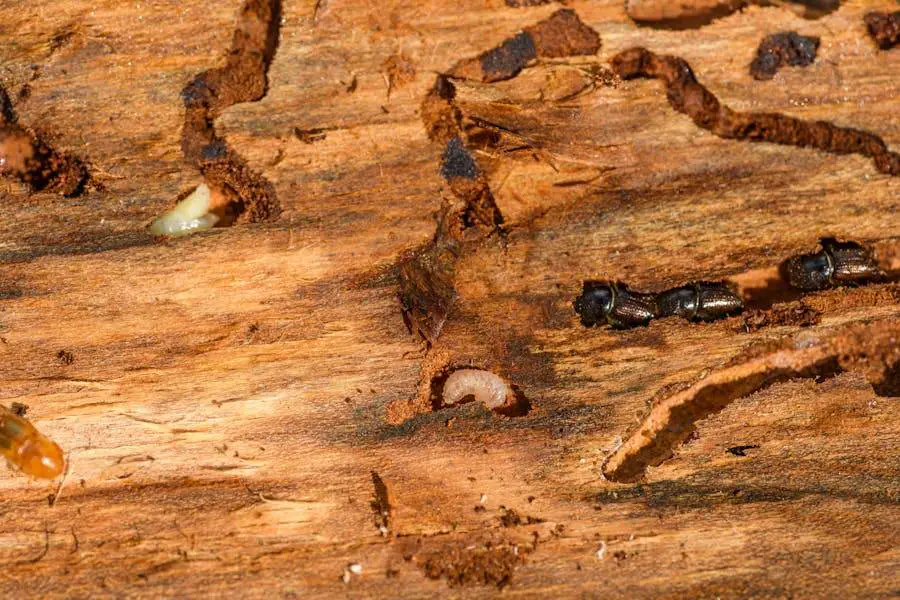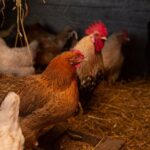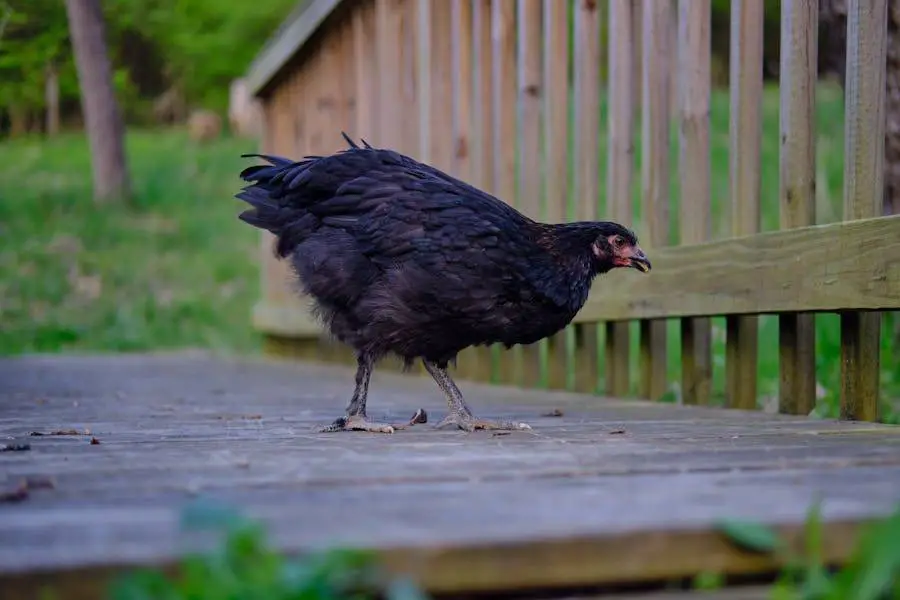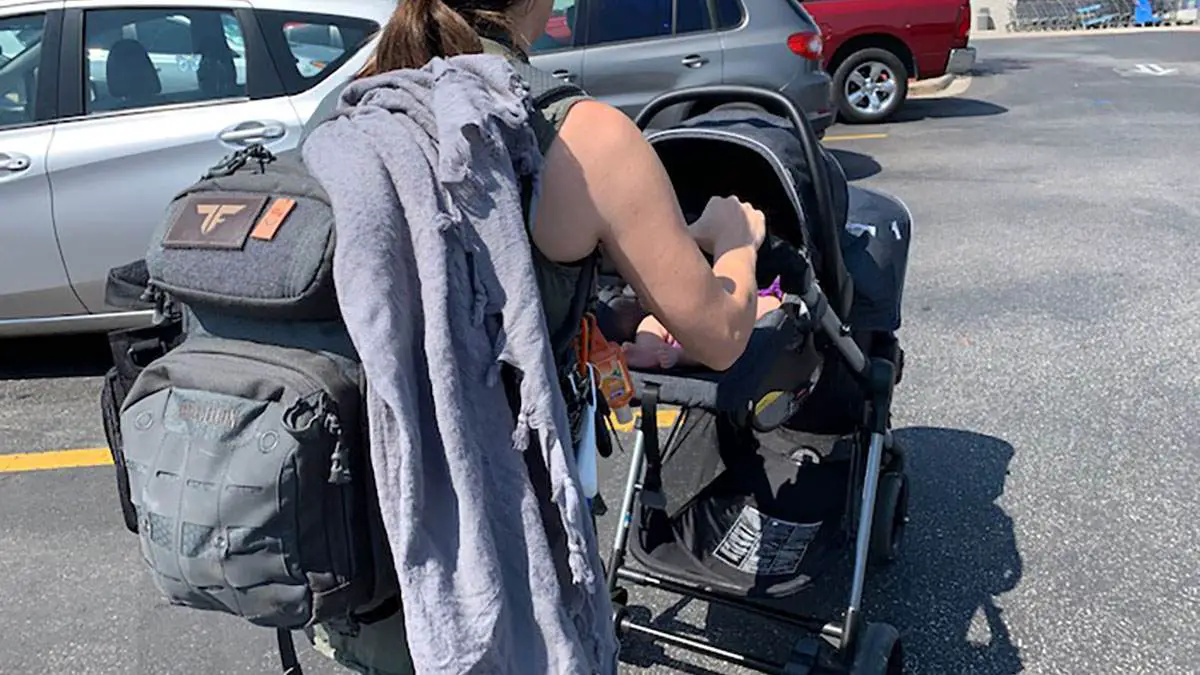Table of Contents
The ability of poultry to walk is essential for their development.
Chickens are highly exposed to several infections that may tamper with their wellbeing in one way or another.
Waddling comes about when the yolk materials are present in the coelomic cavity causing an infection.
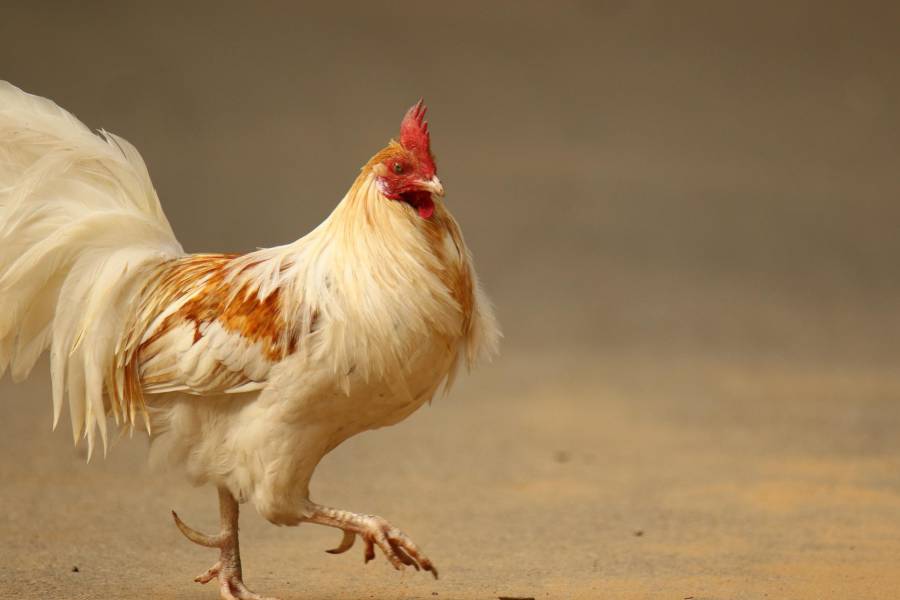
Scientists have come up with research on the issue of egg yolk peritonitis and how it has affected laying hens.
This article will focus on the causes of waddling in chicken and its home remedies.
Causes Of Waddling In Chickens
Chicken waddling is a condition making them walk around like penguins by performing a weird sort of toddling.
It is in most cases considered to be related to the laying of hens. Ideally, broilers lay eggs within a period of 22 to 24 hours.
The laying pattern begins changing as they enter their retirement period since they go off their laying designs.
Poultry farmers are advised to keep track of their layers to notice any slight changes.
Relationship Between Chicken Waddling And Leg Health
Farmers may confuse chicken waddling with leg health since in both conditions, they can still do the waddle. However, this disorder is not linked to the bones.
Several factors affecting bones tend to be visible earlier in life. With bone infections, a hen can end up lame due to the strength in bone development.
Hens have particular patterns in laying eggs; for instance, a laying hen has her vent shaped like a slot.
On the other hand, her comp may be red and upright than an off-laying egg with a round vent.
Infections
The chicken acquires an infection once the egg misses the funnel and drops into the abdominal cavity.
At this stage, the hen will produce an egg from the ovary, which will pass through the infundibulum.
It will then find its way through various stages until the shell is added before it exits the vent.
It could be attributed to various circumstances, including previous exposure to infectious bronchitis.
The infection comes about when the yolk materials release into the coelomic cavity-causing inflammation in the internal organs.
Once this occurs, a fluid known as the coelom develops in the layer.
Since the yolk material is infected with bacteria, it spreads into the bloodstream making the chicken waddle.
Immunity And Feeding
The body’s defense system may scavenge and absorb the yolk causing a buildup in yolk materials in the abdomen.
However, this cannot be done simultaneously in the abdomen if there is an excessive continuation of internal laying.
A blind layer can live a happy life, but a corn-only diet will help her cease laying.
Feeding containers may need to be lifted for the layer to eat and drink, and the coop inspected for accessibility.
The yolk is made up of materials that are a medium for bacteria. They make the layer develop egg peritonitis leading to the chicken’s waddle while it walks.
It is, in most cases, described to have a wide leg stance that resembles the penguin in appearance.
Home Remedies
Antibiotics
Waddling in chicken can be treated by antibiotics without tampering with the egg-building process.
A veterinarian can provide the farmer with a hormone implant (Suprelorin Virbac) which takes the hen off-lay for a short period.
It helps give the hen’s body defenses time to scavenge part of the yolk material.
Farmers should note that this is not appropriate for every hen, but it is worth investigating if your hen is generally healthy.
The infection in the abdomen caused by the yolk materials encourages bacteria to thrive in the coop.
The farmer shouldn’t consume eggs during this period since they will be ingesting antibiotics.
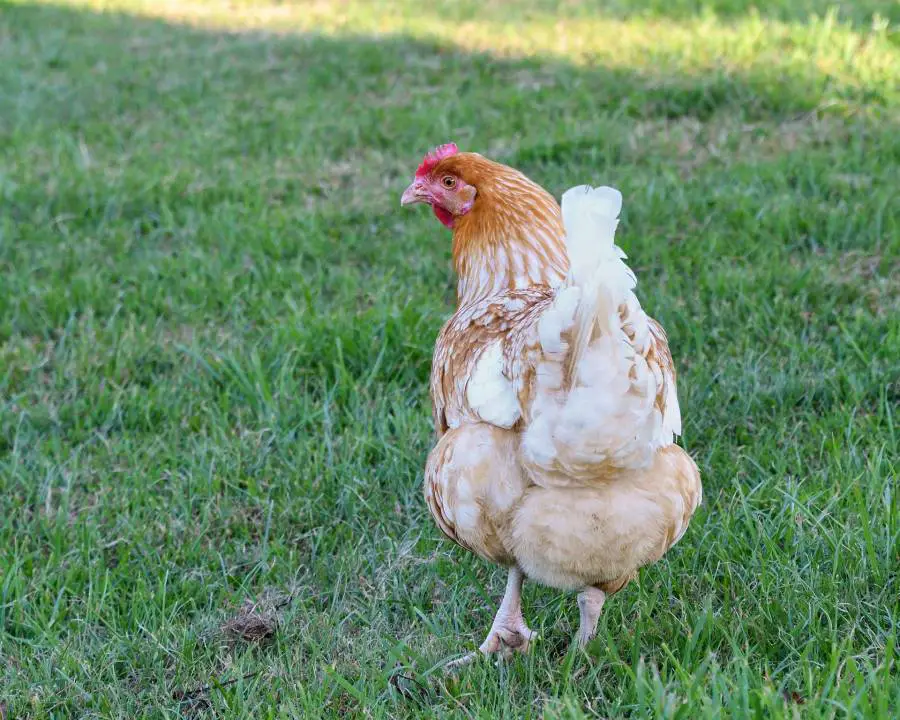
Spraying
The layer can also be sprayed through the abdomen to simultaneously flush out all the yolk.
Doing this helps prevent or do away with the waddle before it leads to other disorders or even death of the layer.
However, this is a very specialized technique with anesthesia dangers.
Therefore, the farmer has to get advice from a professional or a local hen-friendly veterinarian before pursuing this option.
Once the layer is inflamed, it can develop a water belly, which can be drained using a needle.
The fluid is drained from the area beneath the feathers to avoid damaging other organs in the layer’s body.
When the fluid drains out of the inflamed belly, it can damage the hen’s feathers.
They can be dry or might end up peeling off before the layer recovers from the infection.
On the other hand, antibiotics can take five to seven days to do away with the bacteria.
The water belly is inflamed, and it requires time to drain off before all the fluid drains out.
In most cases, egg yolk peritonitis happens in older chickens compared to the younger ones.
This analogy depends on the hen’s body mechanism, causing the layers’ waddling movement.
The yolk is considered an ideal place for bacteria growth, leading to inflammation of organs and secondary ascites.
When it continues for a long time, it can bring about mobility and a decline in the production of eggs in the affected flocks.
In most cases, this condition may lead to death in layers in instances where poultry has been at its peak.
However, there has been an increase in the occurrence of waddling chicken.
It has led to an increase in flocks’ death, which may become the primary cause of death given a contagious disease.
In the poultry industry, egg peritonitis has increased in incidence and severity.
The current trends have resulted in waddling in chickens, showing some likelihood of a continued and even more significant problem.
Waddling in chickens has no scientific evidence that it occurs spontaneously in commercial layer chickens and its economic impact on this sector.
Yolk Antibody Technology
Antibodies may be detected in the yolk of immunized hens’ eggs resulting in a less stressful method called yolk antibody technology.
This method has been developed to evade the waddling disorder of chickens.
On the other hand, it has become an appealing alternative to the “bloody” techniques since chickens live in virtually natural settings.
It’s necessary to remember that a bird’s typical walking movement impacts nutritional energy demand variations within and between flocks.
Energy needs are typically estimated in small rooms like respiration chambers or metabolic cages.
This two underestimate the needs of birds raised on the ground; hence they have to be adjusted for practical use.
Conclusion
The cell’s ability to produce essential components indirectly impairs the birds’ health.
Any disorder affecting the reproductive system that significantly impacts production potential will be lost substantially.
Although avian reproductive disease causes poorer egg production and higher mortality in chickens, it is only briefly treated in the literature.
Chicken waddling is primarily a common disease in mature layer chickens of various oviducts due to egg peritonitis.

